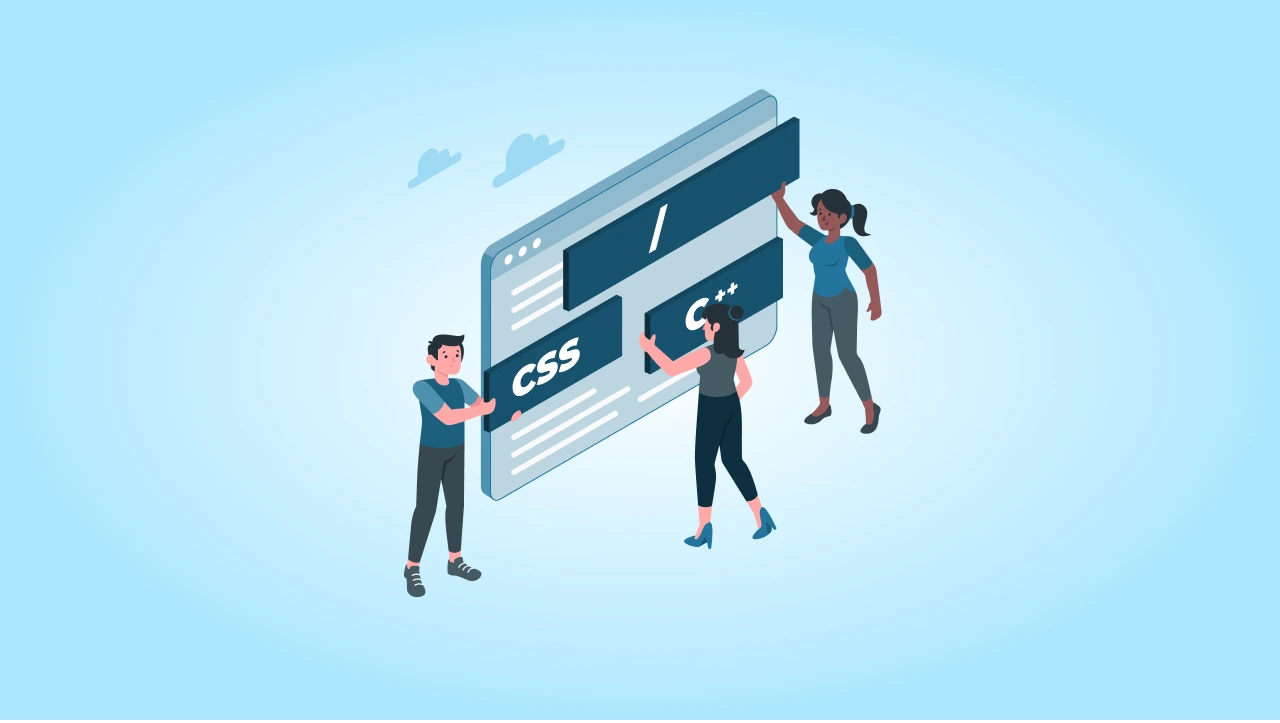As time goes by, web designs are getting more complex, and the space for companies getting more competitive. Thus, everyone is trying to bring their A-game to their websites and wants to ensure their CSS, HTML, and JavaScript are all pristine to give users the best experience on their platforms.
Today’s focus will be CSS files: how to validate them and why the validation is necessary for web designs in 2025. So, let’s get started.
Reasons why CSS Validation is Necessary
In 2025, CSS validation remains a critical, strategic practice to ensure the quality and accessibility of websites. This ensures that the web design remains future-proof. Below are some reasons why you should always validate your CSS files.
-
Improves Browser Compatibility: CSS validation ensures that the styles of your website render consistently and correctly across different user devices.
This reduces the likelihood of compatibility issues with modern browsers like Opera which normally utilize a lot of extensions and other add-ins/add-ons.
-
Sets Professionalism in Work: When CSS files are free from any errors of semi-colons, or incorrect property values, the files become more presentable. This is better for setting the right impression on clients and stakeholders who expect high-quality deliverables from you every single time.
Validation of CSS files also sets the right coding practices and maintains your work according to industry standards.
-
Enhances Website Performance: This is the biggest importance of CSS file validation, especially for web designs. Your site instantly becomes more responsive and speedy when it is validated for any errors or bugs and cleaned up.
As a result, your site’s standing on search results for the targeted keywords also improves as people start rating their experience with you on better notes.
-
Supports Accessibility Standards:
CSS validation plays a significant role in meeting accessibility requirements, ensuring that styles do not unintentionally hinder usability for people with disabilities.Identification of issues like absolute positioning can ensure that screen reader navigation is not disrupted. Similarly, CSS validation can ensure that visually hidden elements (used for screen readers) remain accessible and functional.
- Enables Better Maintainability of Code: When you validate your CSS files, you make sure that the code becomes pristine. This is especially useful when working with other team members, ensuring smooth maintainability of the systems in the future and fruitful collaborative efforts for big-scale projects.
How to Validate CSS in 2025?
Okay, now that we’re done figuring out the motivation behind validating CSS files, it is time to learn the process as well.
-
Find a Good Validator Tool: First things first, find a good CSS validator tool. Today, there are many options on the market, however, not each one of them might be worthwhile. Some require to be downloaded and installed, while others require sign-ups that just ruin your mood to work.
This is why we’ve personally added a few options below for your convenience. Choose whichever you want for a quick validation of your CSS files.
- Minifier CSS Validator
- CSSlint.net
- Utilities-online.info
- Upload Your Script: The second step in the process is to upload your CSS script to a selected tool. As a reference, we will choose the first tool in the list for demonstration. Below is the script we used for validation.
Problematic:
/* Reset styles */
body, h1, h2, h3, p, ul, li {
margin: 0;
padding: 0;
box-sizing: border-box;
}/* Body styling */
body {
font-family: Arial, sans-serif;
line-height: 1.6;
background-color: #f4f4f9;
color: #333;
padding: 20px;
}/* Header styling */
h1 {
font-size: 2.5em;
color: #0056b3;
text-align: center;
margin-bottom: 20px;
}
/* Paragraph styling */
p {
font-size: 1em;
margin-bottom: 10px;
}/* Navigation bar */
nav {
background-color: #0056b3;
padding: 10px;
display: flex;
justify-content: space-between;
}
nav a {
color: white;
text-decoration: none;
padding: 5px 10px;
transition: background-color 0.3s ease;
}
nav a:hover {
background-color: #003f7f;
}/* Button styling */
button {
background-color: #28a745;
color: white;
border: none;
padding: 10px 20px;
cursor: pointer;
font-size: 1em;
border-radius: 5px;
transition: background-color 0.3s ease;
}
button:hover {
background-color: #218838;
}/* Footer styling */
footer {
text-align: center;
margin-top: 20px;
font-size: 0.9em;
color: #666;
} -
Make the Highlighted Changes: As a result of uploading the above-mentioned CSS Script to the validator, we got the following errors back.
On fixing the highlighted issues, we got a pristine CSS file that looked like the one mentioned below.
Fixed:
/* Reset styles */
html, body, li, ol, p, ul, h1, h2, h3, h4, h5, h6 {
box-sizing: border-box;
margin: 0;
padding: 0;
}/* Body styling */
body {
background-color: #f4f4f9;
color: #333;
font-family: Arial, sans-serif;
line-height: 1.6;
padding: 20px;
}
/* Header styling */
header {
color: #0056b3;
font-size: 2.5rem;
margin-bottom: 1.25rem;
text-align: center;
}/* Paragraph styling */
p {
font-size: 1rem;
margin-bottom: 0.625rem;
}
/* Navigation bar */
nav {
background-color: #0056b3;
display: flex;
justify-content: space-between;
padding: 0.625rem;
}
nav a {
color: white;
padding: 0.3125rem 0.625rem;
text-decoration: none;
transition: background-color 0.3s ease;
}
nav a:hover {
background-color: #003f7f;
}/* Button styling */
button {
background-color: #28a745;
border: none;
border-radius: 0.3125rem;
color: white;
cursor: pointer;
font-size: 1rem;
padding: 0.625rem 1.25rem;
transition: background-color 0.3s ease;
}
button:hover {
background-color: #218838;
}/* Footer styling */
footer {
color: #666;
display: flex;
font-size: 0.9rem;
justify-content: center;
margin-top: 1.25rem;
}This file does not return any errors on any online validator tools. Hence, the process ensures that the CSS code looks professional for presentation, helps the website’s performance, and is easily maintainable for future changes.
Final Words
CSS validation is essential for web design in 2025, improving browser compatibility, enhancing professionalism (better coding practices), and boosting website performance.
By validating CSS files, designers ensure a high-quality user experience while adhering to industry standards.
To validate CSS, one should select a good validator tool, upload the script, and make the necessary corrections. The process leads to a well-structured and errorless CSS file, contributing to a more responsive website.
That’s all from our side! We hope you enjoyed reading our content!





